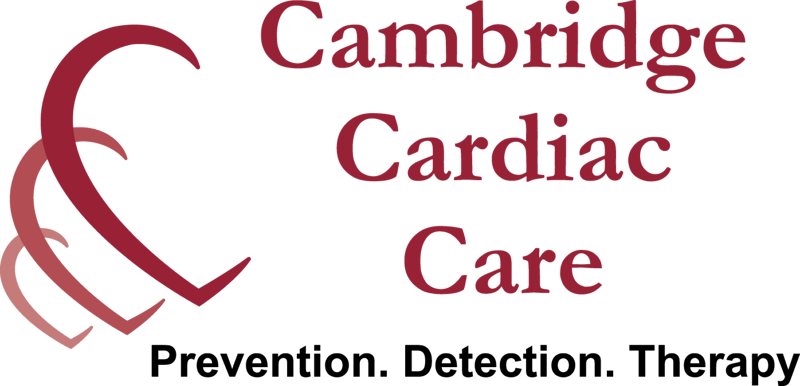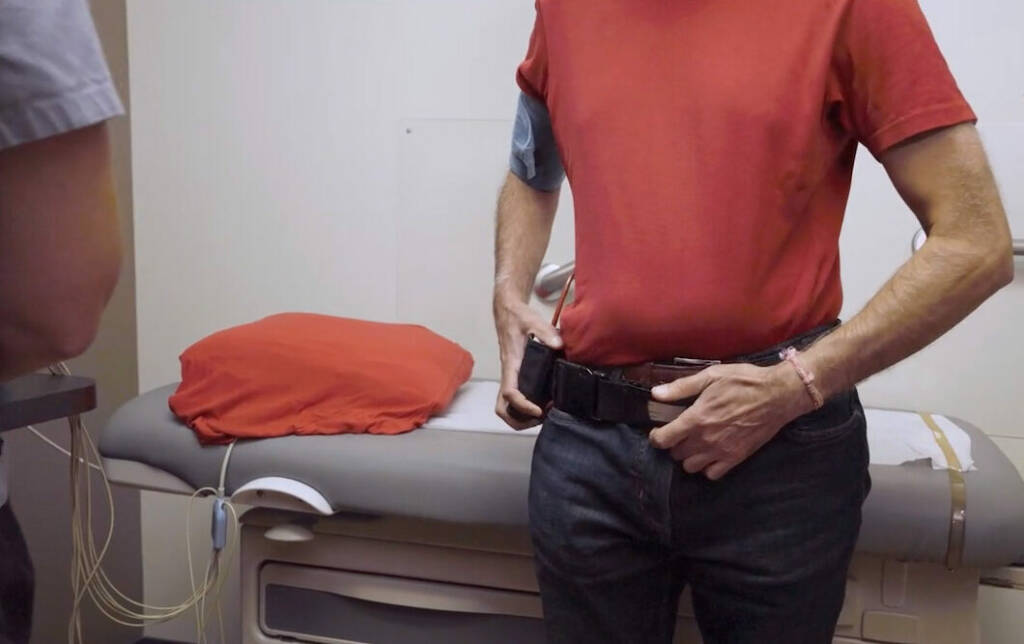Ambulatory Blood Pressure Monitor
A long name for a simple test.
The Ambulatory Blood Pressure Monitor, commonly referred to as the
ABPM, is a mobile, wearable device that continually tracks your blood pressure over an extended period of time, usually a day. The monitor is lightweight and relatively convenient to wear. This is a painless, non-invasive test to determine how your blood pressure naturally responds to regular, daily activities and how it changes at night when you sleep. As such, you will be fitted with the device and then sent on your way, wearing it out of the office and for the duration of the monitoring period. Do not restrict your activities in any way, do not remove the device, and do not get it wet. Please review further instructions below before your appointment.


 1.jpg)







